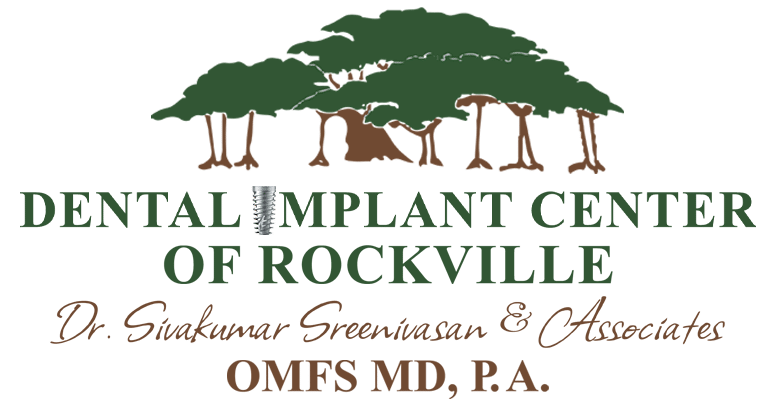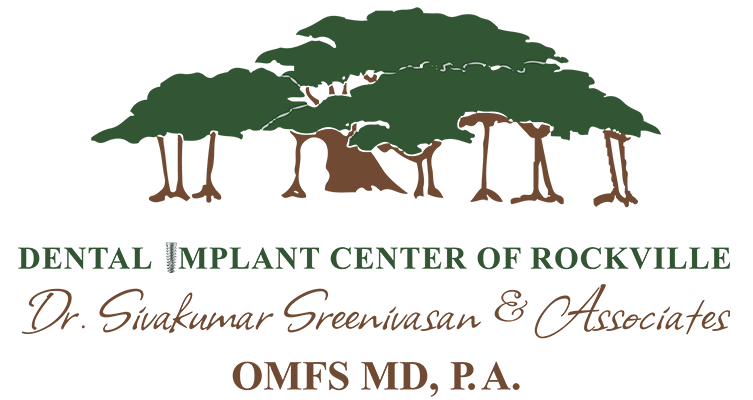A dental implant is a prosthetic tooth consisting of a titanium rod that fuses with a patient’s jawbone. Once the rod and jawbone fuse together, a dentist covers the rod with an abutment and crown that looks and functions like a natural tooth.
Dental implants offer a range of potential benefits. They include the following:
- Longevity: According to research from the National Institutes of Health, dental implants often remain in good condition for 15 years or longer when patients care for them properly.
- Aesthetics and functionality: A dental implant may convincingly restore a patient’s smile. Additionally, an implant can allow a patient to chew, speak, and perform other basic tasks with greater ease than they could if they were still missing teeth.
- Preventing health problems: The presence of a dental implant can reduce the odds of a patient developing more significant oral health issues. For example, an implant may guard against jawbone deterioration.
However, some patients lack sufficient jawbone strength to support an implant. If a patient’s jawbone isn’t currently strong enough to support an implant, that doesn’t necessarily mean they aren’t a candidate for this treatment. Bone grafting may be an option in these circumstances.
What is Bone Grafting?
Bone grafting involves removing bone tissue from one part of the body and applying it to the jawbone. A successful bone grafting procedure may strengthen a patient’s jawbone to such a degree that it can now support a dental implant.
Steps in the Bone Grafting Process
The exact details of the bone grafting treatment process can vary somewhat from one patient to another. Generally, though, the process involves:
- Consultation: A dentist who concludes that a patient’s jawbone isn’t currently strong enough to support an implant may suggest bone grafting. During this initial consultation, a patient should ask questions to determine if this option is right for their goals. A dentist may also have to coordinate with a surgeon or other such professional to decide what part of a patient’s body they can remove bone tissue from if the patient chooses to proceed with bone grafting.
- Choosing a bone tissue source: Dentists and surgeons may have several potential options to consider when deciding how to source bone tissue to graft onto a patient’s jawbone. They may remove existing tissue from a location on the patient’s own body, such as their hip. Other options include using bone from human donors, using synthetic bone material, or using suitable bone from an animal.
- Grafting the bone tissue: If the team decides to remove bone tissue from a patient’s body for the purposes of grafting, the procedure will begin with the removal of said tissue. The next step involves making an incision in a patient’s gums to reveal the jawbone underneath. A surgeon will proceed to graft the bone tissue onto the jawbone.
- Healing: The grafted bone tissue must combine with the existing jawbone tissue to support a dental implant. Although the length of this process can vary depending on several factors, it usually takes a few months. A dentist can explain in greater detail how long the process may take for a given patient.
A patient will typically schedule follow-up visits so a dentist can monitor the healing process. Once healing has completed, a dentist can begin supplying a patient with a dental implant.
Bone Grafting: A Potentially Worthwhile Investment
The overall bone grafting process can take several months. Don’t let this deter you if you believe a dental implant is the best treatment option if you’re missing a tooth.
Remember, implants are durable and last a long time with regular upkeep. In the long run, undergoing bone grafting so your jawbone can support an implant may prove to be a wise investment in both your health and your finances.
Learn More About Dental Implants and Bone Grafting in Rockville, MD
At Dental Implant Center of Rockville, we can assess your jawbone strength to determine if you require bone grafting. If bone grafting is necessary, we’ll answer any questions you may still have about the procedure. Get started today by contacting us online or calling us at 301-294-8700 to request an appointment.

